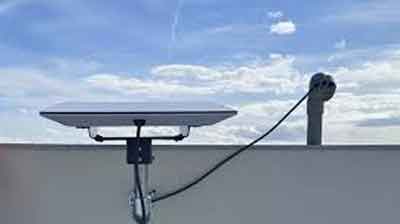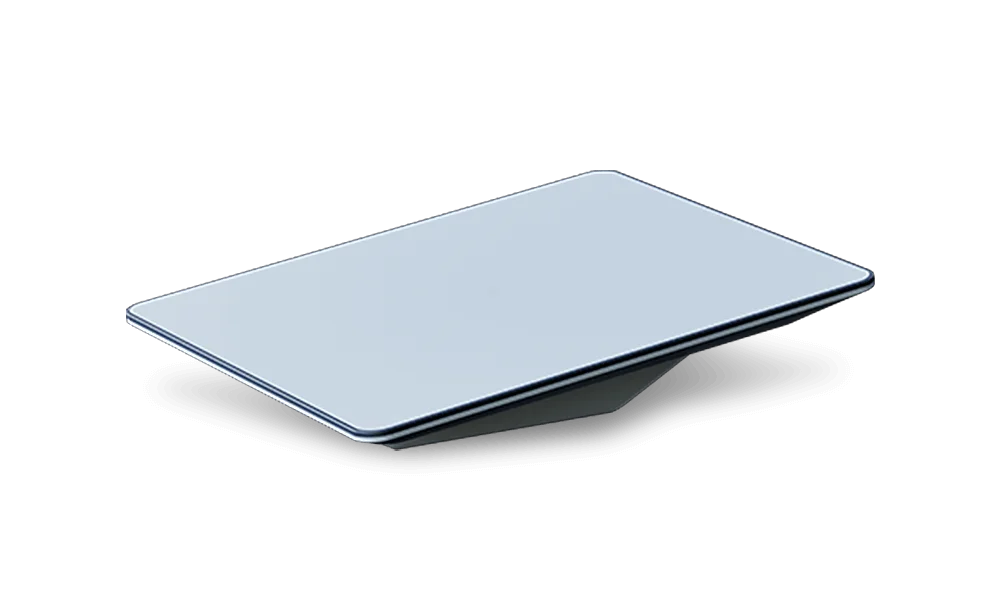How It Works

Check Availability

Sky View / Installation

Support / Service-Network
How to Set Up Satellite Home Internet
Choose a Provider
Popular options include:
Starline — best speeds and lowest latency (20–40 ms)
HughesNet — widely available but slower (15–25 Mbps)
Viasat — decent coverage and speed tiers up to 100 Mbps
Order Your Kit
Once available, the provider will ship you a satellite kit, which includes:
Satellite dish (antenna)
Mounting equipment
Power supply and cables
Wi-Fi router/modem
Instructions or app
Find the Right Installation Spot
This is critical for good performance.
Ideal Location:
Clear, unobstructed view of the sky (no trees, tall buildings, or hills directly overhead)
Roof, pole mount, or high open area (balcony/top terrace)
Away from metal objects or heavy walls
Mount the Dish
Mount the dish using:
Tripod mount (temporary)
Roof/pole mount (permanent)
Wall mount (for side installations)
Important: Point the dish toward the open sky.
Connect Power & Router
Plug the dish cable into the power supply (PoE adapter or controller).
Connect the router to the power supply.
Plug everything into a power outlet.
Wait a few minutes — the dish will start aligning, and LEDs will indicate connection progress.
Configure Your Wi-Fi
Connect your phone/laptop to the router’s default Wi-Fi (SSID and password printed on the device).
Open the provider’s app or web portal
Set your own network name (SSID) and password.
Once setup completes, the dish will connect to satellites, and you’ll have active internet
Fast High Speed Internet Services - Access & Security Solutions
If you’re looking at fast Starline satellite internet services and want to understand how to combine access + security solutions, here’s a detailed breakdown of what to expect, key security features, what to implement on your side
Basic Starline Installation Errors & Fixes
Starline is generally plug-and-play, but there are a few very common installation mistakes that can cause poor speeds, intermittent drops, or complete signal loss.
Here’s a clear breakdown of the most common Starline installation errors and how to fix each one.
Poor Sky Visibility (Obstructions)
❌ Problem: Trees, buildings, mountains, or even tall poles partially block the dish’s view of the sky.
🔍 Symptoms:
Frequent disconnections (“Obstructed” message in app)
High latency spikes (ping >100 ms)
Slow speeds at random times
✅ Fix:
Use the Starline App → “Check for Obstructions” before installation.
Relocate the dish to a clear, open view of the sky (at least 100° horizontal field, 25° elevation).
For hilly or forested areas (like Himachal Pradesh), consider a pole mount or roof mount above tree level.
Incorrect Dish Orientation or Mounting
❌ Problem: Dish isn’t level, wobbles in the wind, or points in the wrong direction.
🔍 Symptoms:
Intermittent drops, poor alignment, or “Searching for satellites” indefinitely.
✅ Fix:
Ensure the mount is rigid, vertical, and stable.
Use the app to confirm it auto-aligns properly (the dish self-rotates; don’t force it).
If it keeps searching, power cycle the dish (unplug for 1 min, then re-plug).
Loose or Damaged Cables
❌ Problem: The Starline cable (dish to router) is not fully seated or damaged by pinching, bending, or rodents.
🔍 Symptoms:
“No connection to dish” error
Router LEDs off or flashing red/orange
✅ Fix:
Unplug and firmly re-insert both ends of the cable until you feel a click.
Check for kinks, cuts, or chew marks — damaged cable must be replaced.
Use weather-proof conduits for outdoor sections.
Power Supply Issues
❌ Problem: Inconsistent power, loose plug, or wrong adapter.
🔍 Symptoms:
Dish doesn’t move at startup
Router repeatedly restarts
“No power to official” in app
✅ Fix:
Plug directly into a stable outlet, preferably through a UPS or surge protector.
Verify the PoE adapter or power brick connections.
If still unstable, try another outlet or test with a multimeter for voltage drop.
How do I get support?
Need Help With Starline? Talk to a Real Human Now
Get expert help in minutes — from live support to in-home visits.




